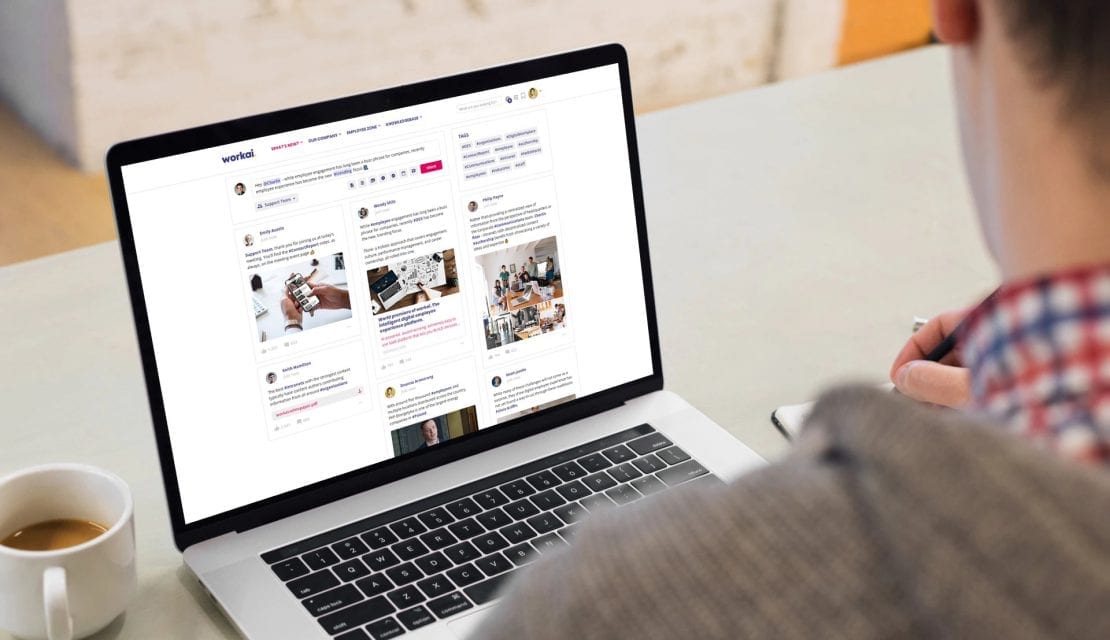

Is isolation destroying your workforce productivity?
The true challenge of the new reality forced by the remote mode of working is associated with employees’ subjective feeling of isolation. Is it destroying your workforce productivity?
In a Buffer study, nearly 2,500 remote workers around the world were asked to name the biggest struggle with working remotely. One-fifth named loneliness and isolation. How does it affect workforce productivity?

Loneliness vs isolation
Adam Hickman, Ph.D. from Gallup encourages to clarify the difference between loneliness and isolation. Loneliness is emotional. It’s a feeling caused by our natural need to be among other people. Not every employee will feel lonely while working from home. For some, limited face-to-face contacts can even improve productivity and increase job satisfaction.
Isolation is technical and related to lack of access. Isolated workers can think their achievements are not being recognized, they can’t get the resources or information they need, they feel cut off. And this leads to a gradual decrease of their engagement. Thus managers lose their major element necessary to ensure low absenteeism, good work quality and maintaining project profitability.
How to use a digital workplace to prevent isolation and boost workforce productivity?
1. Keep everyone up-to-date with hyper-targeted and personalized content
Remote work can be overwhelming due to the amount of digital content with which we have contact every day. Internal communication should limit the amount of messages and not to clutter up the message stream with pieces of information that do not apply to a specific employee.

2. Analyse and detect those who have fallen out of information circles
Use intranet’s tools to check who missed out latest updates. Use personalized emails or mobile push notifications to send reminders. Show that being at home doesn’t mean disappearing from the company’s message stream.
3. Create projects’ status pages
Enable quick following of the project’s progress and statuses of ongoing work. Gather all resources in one place. Connect employees and assign them to project work groups to improve contact with the entire team responsible for the issue. Don’t let anyone be left out.
4. Go social and do not give up integration during lock-down time
Your internal community requires frequent conversations, and we’ve just lost chances for spontaneous chats in the office kitchen. Use social features (like those in workai.connections) and allow people to connect, share opinions, keep in touch with their work colleagues.

Use intranet together with Microsoft Teams to organize informal online meetings. Celebrate birthdays, invite for online cooking together, create some engaging challenges and games showing that you still care about the mood, well-being of your co-workers, and workforce productivity.
